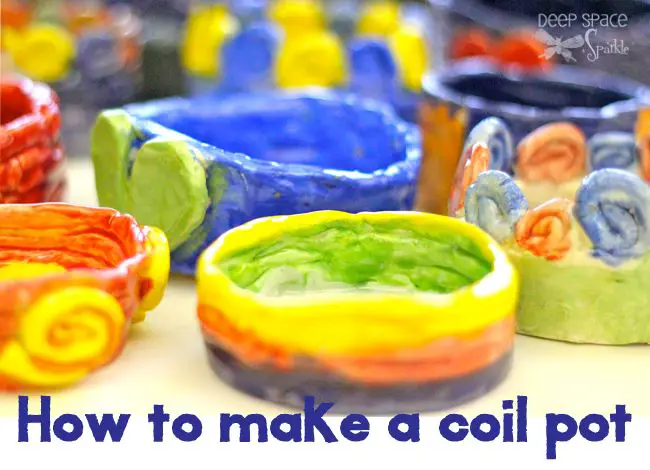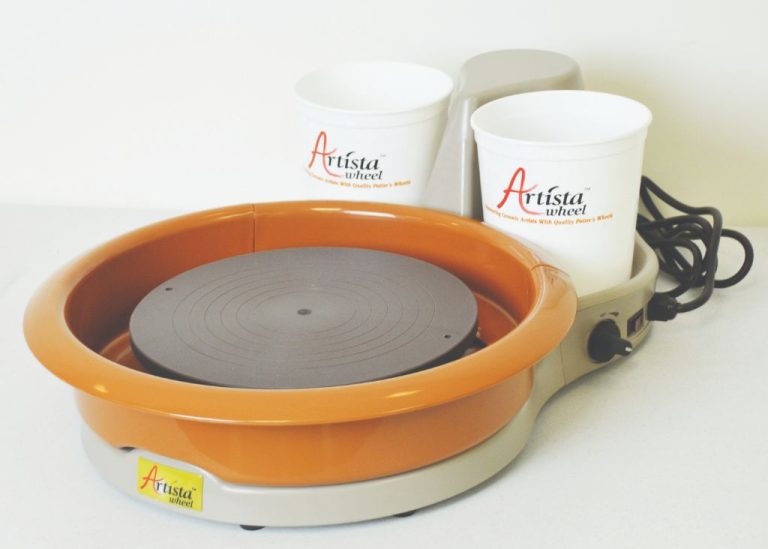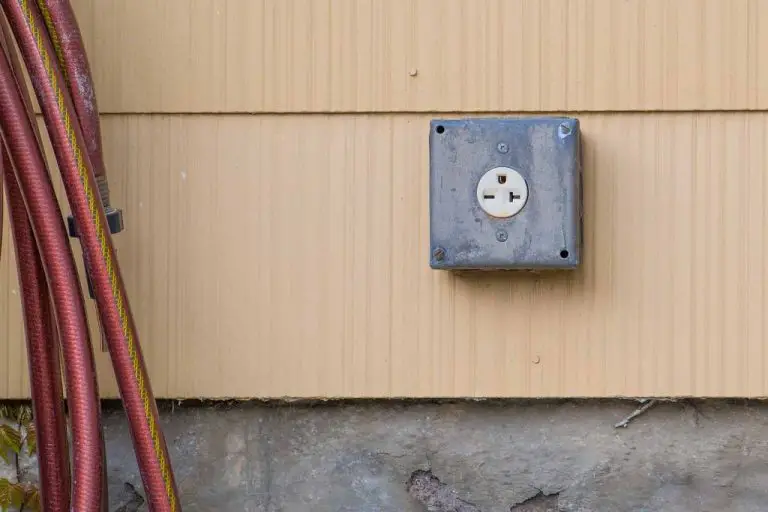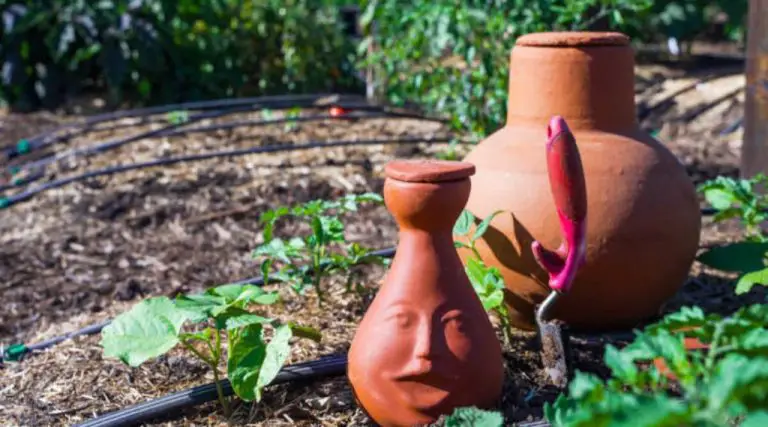Are Wool Rugs Good For Nurseries?
Benefits of Using Wool Rugs in Nurseries
Wool rugs offer a number of advantages that make them an excellent choice for nurseries. Some of the top benefits include:
- Naturally flame retardant. Wool is difficult to ignite and meets stringent flammability standards. This provides important fire safety for nurseries. (https://wilsondorset.com/blogs/news/sheepskin-baby-rug)
- Hypoallergenic and less likely to trigger allergies. Wool fibers do not harbor dust mites or mold. This helps create a healthier environment for babies prone to allergies or asthma. (https://homeofwool.com/sleeping-on-wool-the-5-greatest-benefits-of-wool-baby-bedding/)
- Moisture wicking. The structure of wool allows it to absorb liquid while feeling dry to the touch. This prevents spills and accidents from soaking through to the floor underneath.
- Insulating and temperature regulating. Wool provides insulation from cold floors while also breathing to prevent overheating. This helps maintain a comfortable temperature for playing or sleeping.
- Soft and cushy. The natural loft and flexibility of wool makes it a soft, cushy surface for babies to play or crawl on without abrasion or discomfort.
The safety, comfort, and practical benefits above make wool an ideal choice for nursery rug materials.
Potential Downsides of Wool Rugs for Nurseries
While wool rugs have many benefits, there are some potential downsides to consider before using them in a nursery:
Wool rugs tend to be more expensive than synthetic fiber rugs like polyester or nylon. The raw materials and manufacturing process for wool rugs makes them cost more per square foot than cheaper synthetic options. Expect to pay at least $2-5 per square foot for a decent quality wool nursery rug.
Wool fibers can initially shed when the rug is new. Loose fibers come off the rug and can collect on the floor. Vacuuming daily and regular professional cleaning can help manage shedding. Look for a wool rug that specifies it has been treated to reduce shedding.
Wool rugs usually require professional steam cleaning every year or two to prevent dirt buildup. Home carpet cleaning machines don’t effectively clean wool. The professional cleaning process is an added expense to factor in.
Synthetic fiber rugs like polyester and nylon avoid these downsides. However, wool offers other advantages like durability, comfort, and hypoallergenic properties. Consider your budget and needs to decide if the benefits of wool outweigh the extra costs and care required.
Wool Rug Materials and Quality
When choosing a wool rug for a nursery, it’s important to select one made with high-quality materials that will be safe and comfortable for babies. According to Tufenkian, Merino wool is considered the softest and finest type of wool for rugs. Merino wool comes from Merino sheep that produce a fleece that is naturally soft, durable, and breathable.

Look for wool rugs with a thick, plush pile which will be more cushiony for baby to play and crawl on. A rug with a pile height of 0.5 inches or more will provide ample padding. The density of the pile is also important – a wool rug with a pile density of 2000 knots per square meter or higher will be sturdier and longer-lasting. According to Architectural Digest, a higher knot count means more yarn was used to produce a dense, plush pile.
The backing material of the rug also affects quality and durability. Many high-end wool rugs use a natural latex backing which is eco-friendly and provides extra cushioning. Other backings may be made of synthetic materials like polypropylene which are less expensive but not as breathable. For a nursery, a 100% natural fiber backing is ideal.
Non-Toxic Dyes and Chemical Treatments
When choosing a wool rug for a nursery, it’s important to look for options that use non-toxic dyes and avoid harmful chemical treatments. Many conventional rugs are treated with chemicals like formaldehyde to make them stain and moisture resistant. However, formaldehyde is a known carcinogen and exposure should be avoided especially for young children.
Instead, look for wool rugs that are OEKO-TEX certified. The OEKO-TEX certification ensures that the rug has been tested for harmful substances and meets certain safety standards. According to the OEKO-TEX website, their certifications ensure “the tested products pose no risk whatsoever to human health” (https://www.oeko-tex.com/en/our-standards).
Wool rugs from brands like Rugs by Roo and Little Wonder & Co. use dyes made from plants, minerals, and low-impact synthetic materials to create vibrant colors in their rugs. They also avoid formaldehyde and other toxic treatments (https://littlewonderandco.com/pages/about-us, https://rugsbyroo.com/pages/organic-rug-materials). Choosing an OEKO-TEX certified wool rug gives parents peace of mind that their children’s play area is free from harmful chemicals.
Easy Cleaning and Maintenance
Wool rugs are relatively easy to care for with regular vacuuming and spot cleaning. According to This Old House, wool fibers are naturally soil resistant, so wool rugs do not need frequent deep cleaning1. Here are some tips for keeping wool nursery rugs clean:
- Vacuum regularly to pick up dust and fibers. Use a vacuum with a brush attachment to gently agitate the rug’s pile. Avoid vacuums with beater bars that can damage the rug’s fibers.2
- Spot clean spills quickly by blotting with a clean cloth. For stubborn stains, use a small amount of mild detergent and blot to lift the stain, then rinse with water.2
- Professionally clean wool rugs every 1-2 years to remove deeply embedded dirt and revitalize the colors. Look for a rug cleaning service that specializes in wool.3
With proper care, high-quality wool rugs can last for decades, making them a smart long-term investment for nurseries.
Safety Considerations
When selecting a wool rug for your nursery, safety should be a top priority. Make sure to take precautions to prevent your little one from getting injured.
Use a nonslip rug pad underneath the wool rug. The pad will help keep the rug firmly in place so it doesn’t slide around on the floor as your baby crawls and plays on it. Rug pads specially designed for nurseries, like those from RugPadUSA, are a good option.
Choose a wool rug that is large enough so your baby cannot grab the edges and potentially pull up the rug. Allow for plenty of open floor space around the rug’s perimeter.
Inspect the rug carefully and watch out for any loose loops or fraying edges where tiny fingers could get caught. Avoid wool rugs with long fringes. Also take note of any signs of wear over time and remove the rug if any safety hazards develop.
Supervise playtime on the wool rug and do not allow babies to sleep directly on it. Follow all standard childproofing guidelines as well for a safe nursery environment.
Best Wool Rug Styles for Nurseries
When selecting the best wool rug styles for nurseries, parents should consider options with low pile or flatweave constructions, as these will be easier to clean when inevitable spills and messes occur. According to Architectural Digest, natural fibers like wool are top choices for nursery rugs because of their durability and ease of cleaning (https://www.architecturaldigest.com/story/best-nursery-rugs).
Soft pastel colors like pink, blue, yellow, and green can help hide stains while still providing a cheerful backdrop. Rugs Direct recommends a pastel design like the nuLOOM Wynn Rug for nurseries because the light colors conceal dirt (https://www.rugs-direct.com/best-nursery-rugs). Playful, whimsical patterns featuring animals, shapes, letters, or illustrations will delight babies and coordinate well with typical nursery decor.
Round rugs fit neatly in corners of the nursery, maximizing floor space. A scalloped edge adds visual interest without sharp corners. The nuLOOM Celeste Round Rug highlighted by Happiest Baby features a round shape ideal for nursery spaces (https://www.happiestbaby.com/blogs/nursery-design/nursery-rug-ideas).
Example Wool Rug Brands
When choosing a wool rug for your nursery, look for brands that use high-quality, non-toxic materials and dyes. Some reputable options include:
- Posh & Cotty (https://www.poshandcotty.com)- These New Zealand wool rugs come in fun prints and textures that are safe for babies. They offer organic certification and low VOC emissions.
- Nourison (https://www.nourison.com/kids-rugs)- With over 90 years of rug making expertise, Nourison offers durable and colorful wool rugs for nurseries. Their Eco-Friendly Collection uses natural dyes.
Focus on brands that openly disclose production methods and materials. Always check for certifications like GOTS, OEKO-TEX Standard 100, or RUGMARK.
Setting a Realistic Budget for Nursery Rugs
When shopping for wool nursery rugs, it’s important to set a realistic budget based on quality, size, and long-term value. High quality wool rugs have excellent durability and can last for decades with proper care. Considering the cost per use over the lifetime of the rug can help justify investing in a more expensive, heirloom-quality piece.
Prices for wool nursery rugs can range quite a bit. Smaller sizes like 3×5 ft. can start around $200-300 for a basic wool rug. Larger sizes around 8×10 ft. are often $600-1200 for high-end brands like Crane. Hand-knotted rugs or those made from premium materials like New Zealand wool can cost $2000+.
It’s worth spending a bit more upfront for a thicker, densely woven wool rug that won’t pill or shed. Focusing on natural dyes and sustainable production methods also adds value. If choosing a more expensive designer rug, know that many retain resale value quite well on sites like Amazon or Etsy.
Setting a budget around $800-1200 allows flexibility for a quality 8x10ft or larger wool nursery rug that can transition to other rooms as your child grows. Prioritize timeless patterns and materials built to last for generations over trendy prints to get the most value.
Final Verdict
In summary, wool rugs have many benefits that make them a great choice for nurseries, but they also have some potential downsides to consider. The pros of wool rugs include their natural, non-toxic materials; hypoallergenic properties; durability and ease of cleaning; and soft, comfortable feel that is safe for babies. However, the higher cost of wool and potential shedding are factors to weigh. Ultimately, as long as you choose a high-quality wool rug from a reputable brand and properly care for it, wool can be an excellent rug material for nurseries. The natural fibers and hypoallergenic nature of wool give it an advantage over synthetic materials. With reasonable expectations on cost and shedding, a wool nursery rug can be a wise investment that lasts for years.





